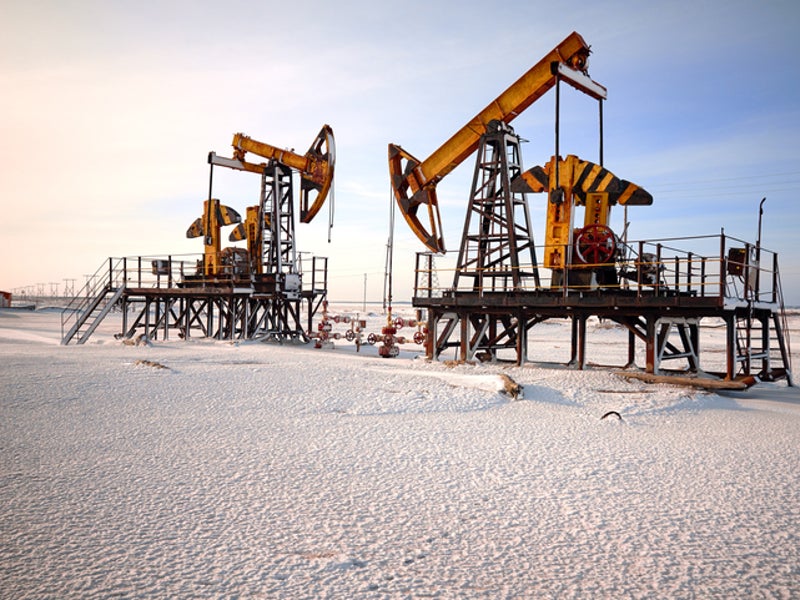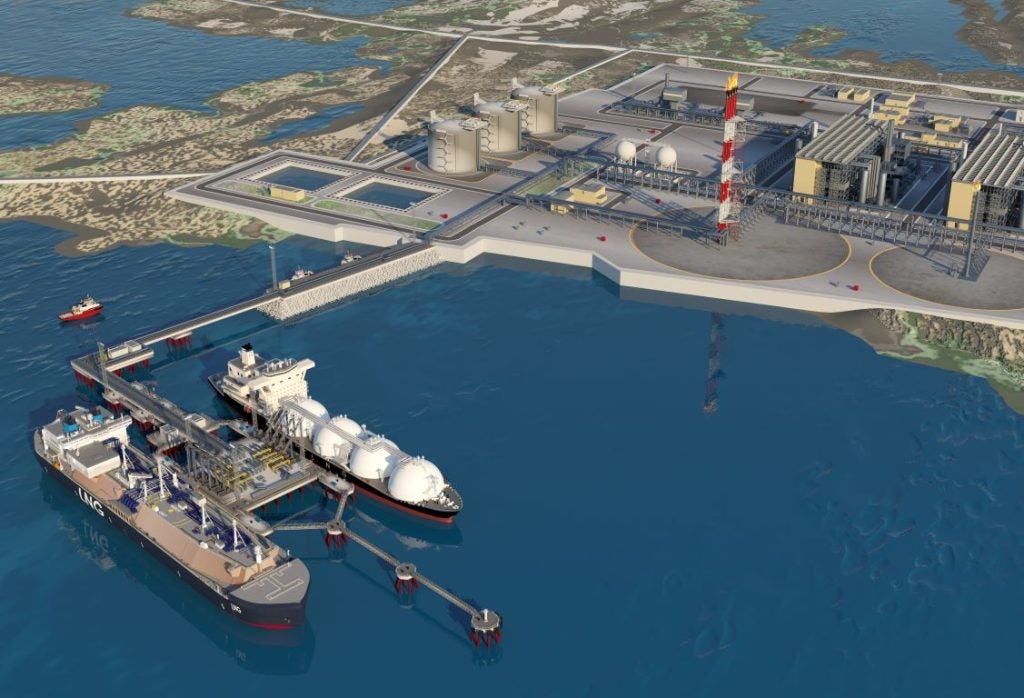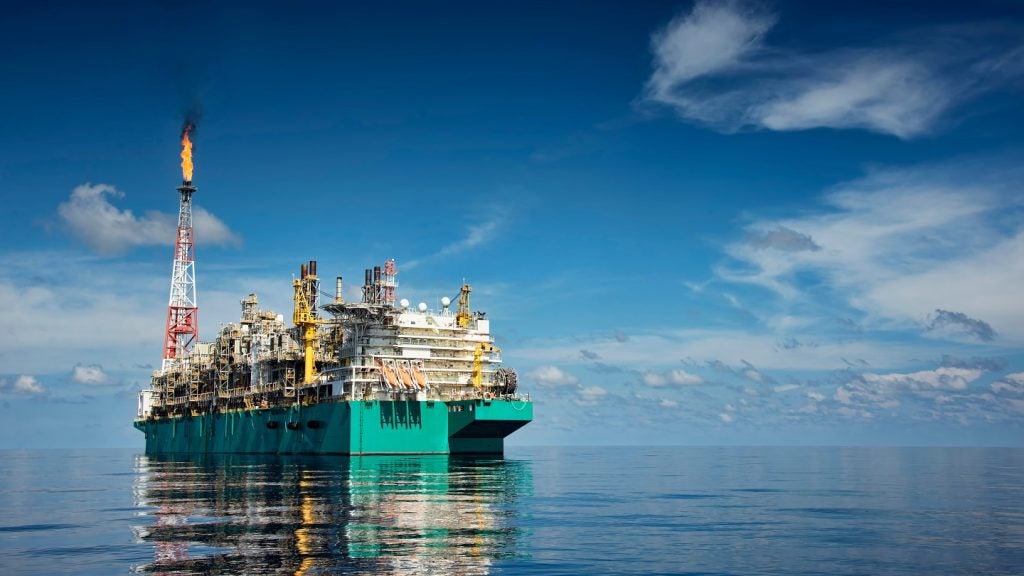
Prior to its invasion of Ukraine, Russia was the EU’s leading supplier of oil, natural gas and solid fossil fuels, vital components of the continent’s energy mix. In 2019, Russia was the world’s second-largest exporter of crude oil, contributing $123bn to its economy.
Yet many European countries imposed new sanctions against Russia in retaliation for the invasion of Ukraine, which have threatened these supply chains that were so reliant on Russian production..
The West imposed a range of sanctions intended to disrupt Russian industrial production and economic influence across a range of sectors. The economic sanctions intended to penalise Russia severely for its conduct and effectively hinder Russia’s ability to continue its aggression.
Individual sanctions targeted individuals who supported, financed, or carried out actions that undermined Ukraine’s territorial integrity, sovereignty, and independence or benefited from such activities. As such, many of those targeted by the sanctions are leading figures withing Russian energy, and oil and gas in particular, which has led to further disruption.
However, such is the strength of the Russian oil and gas sector, and such is the demand for its products, that it is unclear if Western actions will make a significant impact. With oil a cornerstone of the Russian economy, the state may well be able to endure sanctions and withdrawals from Western powers.
See Also:
Billions of barrels
In December 2021, Russia’s crude oil exports were reported at 4,510 bpd (barrels per day). According to the Organisation of the Petroleum Exporting Countries, this is a decline from the previous month’s figure of 4,617bpd.
How well do you really know your competitors?
Access the most comprehensive Company Profiles on the market, powered by GlobalData. Save hours of research. Gain competitive edge.

Thank you!
Your download email will arrive shortly
Not ready to buy yet? Download a free sample
We are confident about the unique quality of our Company Profiles. However, we want you to make the most beneficial decision for your business, so we offer a free sample that you can download by submitting the below form
By GlobalDataExport data is updated yearly, with an average of 4,653. bpd from December 1980 to December 2021.
The figures reached 5,347. bpd in 1988 and dropped to a record low of 2,489 bpd in 1994, but Russian production in general, and imports to Europe in particular, have increased consistently since.
According to the International Energy Agency (IEA), Europe imported 4.5 million bpd of oil from Russia (34% of total imports) in 2021, of which 3.1 million bpd were crude oil and feedstocks and 1.3 million bpd were oil products.
Pipeline supplies from Russia fell by 25% year-on-year in the fourth quarter of 2021. Russian pipeline supply to the EU fell 37% year on year in the first seven weeks of 2022. The last pipeline export to Germany via the YAMAL pipeline, via Belarus, was on 20 December 2021.
Since the second half of 2021, European energy costs have increased by 54%. Following Russia’s invasion of Ukraine, European natural gas prices nearly tripled, and crude oil prices reached $105 per barrel for the first time since 2014. Russia’s invasion of Ukraine, Western sanctions, and Russia’s decision to restrict gas deliveries to some EU member states have all contributed to the EU’s energy security dilemma.
However, the decline in access to Russian oil has only increased demand, pushing the oil price up further. Russia is making even more money from sales than it was four months ago, before the war started. And the value of its once-failing currency has risen versus the dollar, says the New York Times.
Demand for Russian supplies remains stable
Many Asian countries stepped in to acquire cheap crude from Russia. Demand from India, China, and Turkey has increased along with domestic market demand, diminishing upstream losses.
Japan, South Korea, and Taiwan bought an estimated $5.5bn of fossil fuels from Russia during the first five months of the invasion of Ukraine.
According to Reuters, Russia’s earnings grew to $337.5 bn this year, a 38% increase over 2021, as global demand for oil has helped to offset declining European demand..
Japan spent the most on Russian fossil fuels out of the three countries. Most of Japan’s imports are gas imports, whereas South Korea spends the most on oil. Japan is also the largest consumer of coal, according to the Centre for Research on Energy and Clean Air (CREA), an independent research organisation.
These imports contributed an estimated $1bn to the Russian state budget through mineral extraction taxes and export customs.
While Japan has joined the international sanctions regime and spoken out against the conflict, it has yet to withdraw from joint oil and gas operations on the Russian island of Sakhalin, which lies just north of Hokkaido, the second largest island in Japan.
Since 24 February 2022, the Kishida Administration of Japan, along with the other G7 countries, has imposed unprecedented economic sanctions on Russia. As a result of this action, Russia’s Putin administration added Japan to the list of ”unfriendly” countries and announced the suspension of bilateral peace treaty negotiations.
Russian exports during the war
CREA’s data shows that In the first half of the war, Russia’s exports of fossil fuels generated revenues of $151.8bn. The EU imported 54% of this, totalling around $81.7bn. Since the beginning of the invasion, fossil fuel exports have provided around $41.32bn to Russia’s federal budget, helping to fund the war in Ukraine.
Russia’s fossil fuel export profits and volumes increased marginally in August, following a low in June.
On the other hand, Russia’s exports were down 18% from their peak at the beginning of the invasion, between February and March this year. Reduced pipeline gas, oil products, and coal exports drove the decline.
The CREA reported that reduced Russian fossil fuel imports cost the government $163.4m per day in lost revenue in July and August, compared to the start of the invasion. The overall reduction in export volumes was driven by a 35% drop in exports to the EU.
According to Russian news agencies, economy minister Maxim Reshetnikov stated that the administration is now projecting a 2.9% decrease in Russia’s GDP for 2022, an improvement from its August prognosis of a 4.2% yearly decline.
Reshetnikov said the Russian economy will resume quarterly growth in late 2022 or 2023. However, due to the “high base effect” of Russia’s robust growth of 3.5% in the first quarter of this year, the GDP would still fall by 0.9% in 2023, Reuters says.
Despite Western pledges to isolate President Putin’s Administration, oil production has dropped barely 3% since Ukraine’s invasion. According to an IEA analysis in August, Russia produced 310,000 barrels per day in July, a drop from pre-invasion levels, while total export levels were down by 580,000 barrels daily, figures not significant enough to make a meaningful impact on Russia’s economy.





